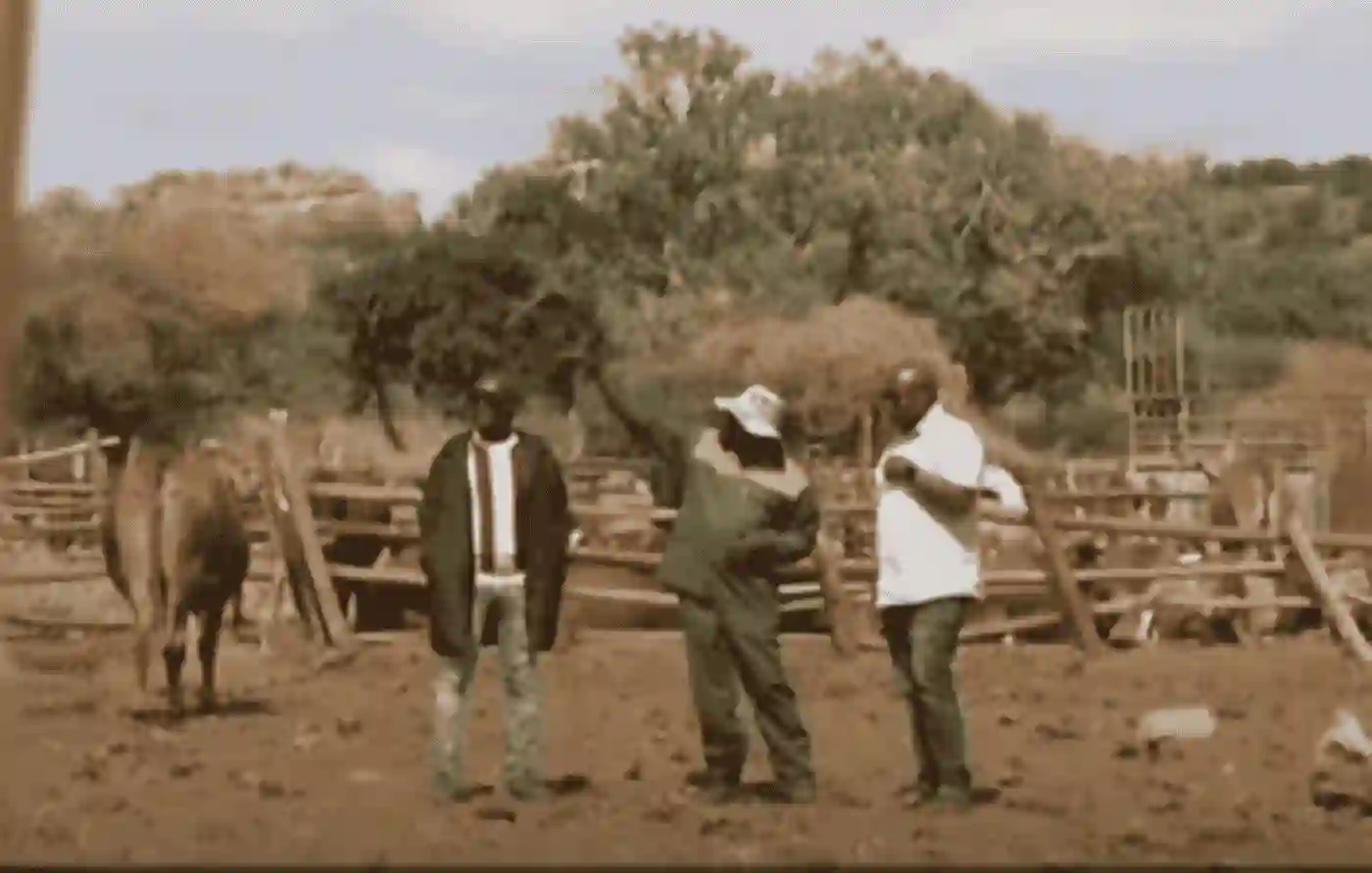Life in Niani, a rural community outside Musina in Limpopo, has taken a dramatic turn.
What was once a quiet farming region is now a hotspot for wildlife encounters—though not the kind anyone wants.
Elephants migrating from Zimbabwe and Botswana are roaming through the area, leaving destruction in their wake and putting both livelihoods and lives at risk.
Farmers Feel the Impact Firsthand
For farmers like Samuel Nembahe, the season that should be filled with sowing and harvesting has become a period of anxiety and sleepless nights.
“Sometimes they come in bulk, especially the ones with calves,” he told SABC News.
These large herds trample maize fields, destroy fences, and damage water sources, forcing farmworkers to abandon their duties for safety.
Nembahe explains the dilemma: his workers are needed to care for cattle, but their safety is constantly under threat.
The arrival of the elephants turns a normal workday into a tense wait, as each rumble or movement in the distance signals potential danger.
Residents Are Also in Peril
The problem isn’t limited to farms. Villagers in the area report widespread damage to homes and infrastructure, especially along the Limpopo River.
Resident Rosina Ndou shared her harrowing experience: “Just recently, they invaded the farm.
We had to run and spent the night on top of the mountain.”
The risks are real and deadly. Last month, a South African National Defence Force member was killed while on border patrol near Madimbo, demonstrating just how dangerous these encounters can be.
Authorities Respond with Caution
Local authorities acknowledge the difficulty of the situation but emphasize the natural aspect of the elephant migration.
Hitekani Magwedze, spokesperson for the Limpopo Department of Economic Development, Environment and Tourism (LEDET), noted that these movements are part of an annual cycle.
“While we appreciate this natural phenomenon, we urge people to exercise caution and stay away from the animals for their own safety,” Magwedze said.
Communities are being urged to remain vigilant, but there’s no simple solution to balancing human activity with wildlife migration.
The Big Question: How Should Farmers Respond?
With crops destroyed, property damaged, and lives at risk, the question remains: what can farmers and residents do to protect themselves while coexisting with these majestic yet powerful animals?



